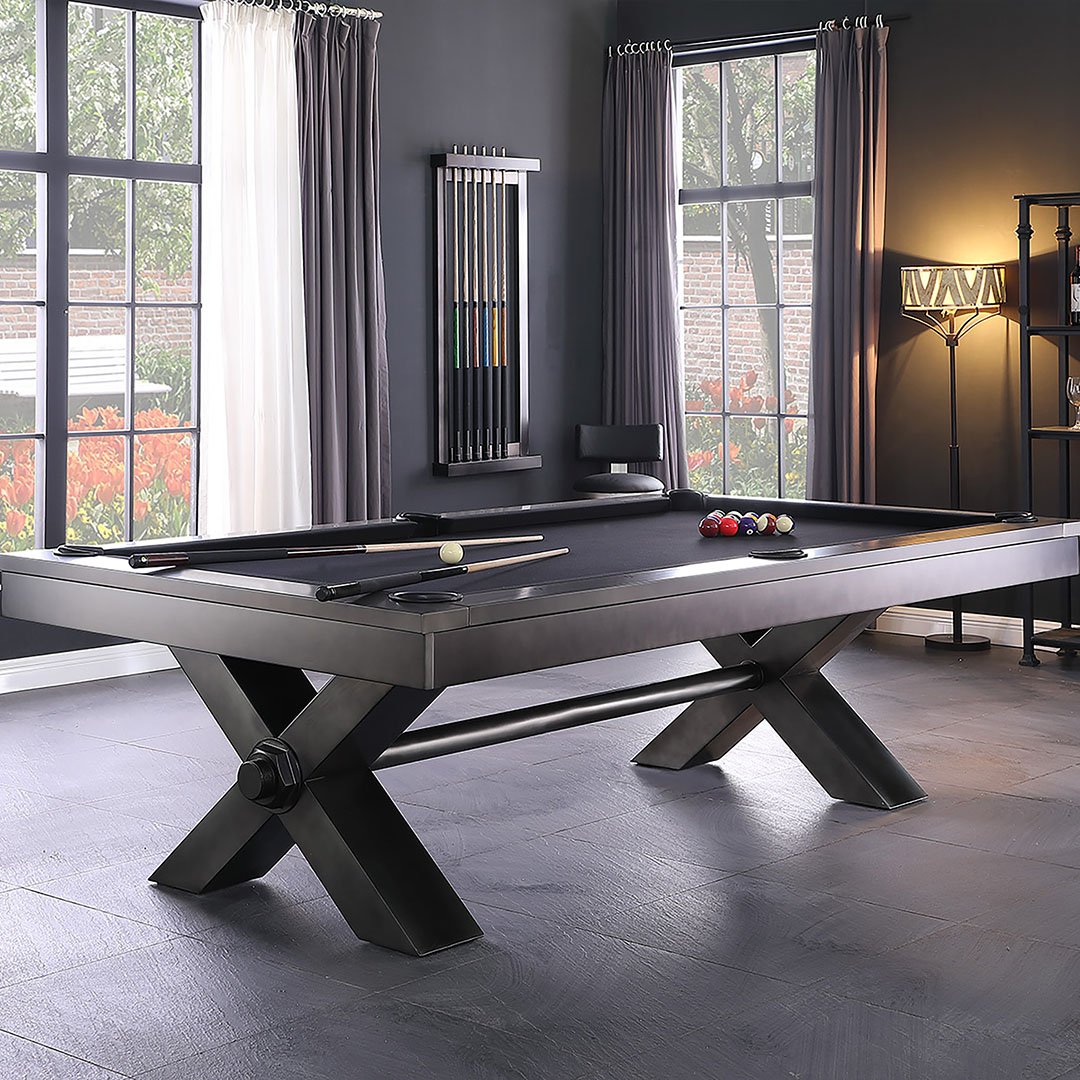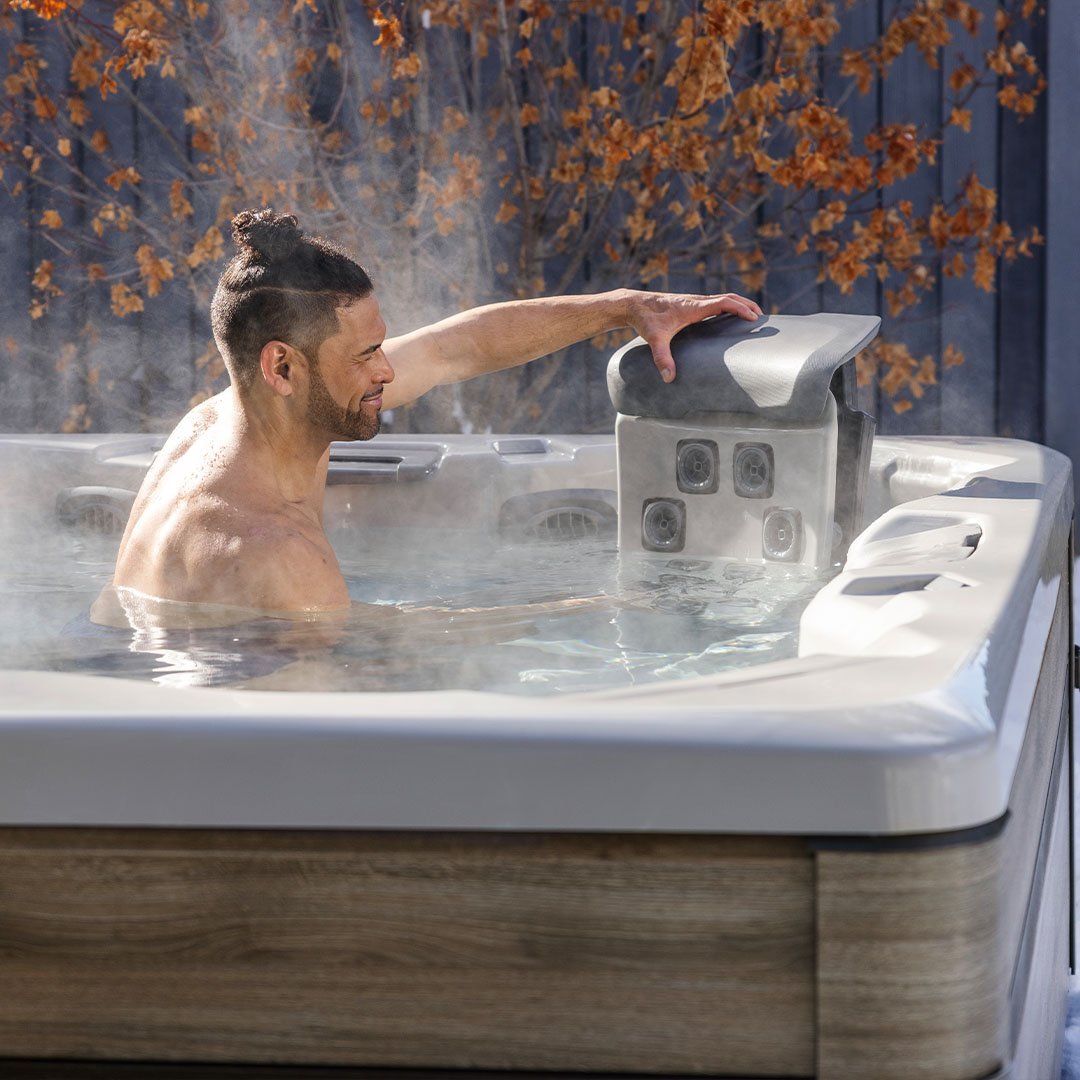How to Safely Lower Excessive Chlorine Levels in Your Hot Tub
Maintaining the right chlorine level in your hot tub is essential for ensuring that your spa experience is both safe and enjoyable. While chlorine is vital for keeping the water clean by eliminating bacteria and preventing algae growth, too much can lead to skin irritations, eye problems, and even more serious health concerns. Additionally, excessive chlorine can damage your hot tub’s components. This comprehensive guide will help you understand chlorine's role, how to monitor it effectively, and the steps to take if levels become too high.
The Crucial Role of Chlorine in Hot Tubs
Chlorine’s primary function in a hot tub is to sanitize—killing bacteria and other pathogens that can thrive in warm environments. Keeping the correct chlorine balance is not just about safety; it also affects the longevity and functionality of your hot tub.
Ideal Chlorine Levels for Hot Tubs
The ideal chlorine concentration for a hot tub is between 1 and 3 parts per million (ppm). This range is sufficient to sanitize the water effectively without causing the adverse effects associated with higher levels.
- Below 1 ppm: Chlorine levels lower than 1 ppm might not effectively sanitize the hot tub, leading to cloudy water and potential bacterial growth.
- Above 3 ppm: Levels higher than 3 ppm can cause discomfort, such as skin irritation and itchy eyes, and can corrode hot tub components over time.
How to Measure Chlorine Levels Accurately
Keeping track of your hot tub’s chlorine level is key to proper water management. Here’s how you can ensure accurate measurements:
- Using Test Strips: These are an easy and quick way to check chlorine levels. Simply dip a strip into the water, wait for a moment, and compare the resulting color to the chart provided with the strips.
- Digital Test Kits: For more precise results, a digital test kit can provide an exact reading and is generally more reliable than test strips.
- Professional Testing: Occasionally, having your hot tub water tested by professionals can ensure your readings are accurate and that all aspects of your water chemistry are balanced.
Methods to Reduce High Chlorine Levels
If you discover that the chlorine level in your hot tub is above the ideal range, here are some effective ways to bring it back to a safe level:
-
Natural Dissipation:
- Procedure: Let the chlorine evaporate by exposing the hot tub to open air, preferably by removing the cover. This method is passive and requires no chemicals.
- Time Frame: It can take from a few hours to several days for chlorine levels to drop, depending on initial concentration and environmental factors.
-
Dilution with Fresh Water:
- Procedure: Add fresh water to your hot tub to lower the chlorine concentration. After adding water, circulate the system and retest.
- Considerations: Remember that adding water can dilute other chemicals, not just chlorine. Check and adjust other levels such as pH and alkalinity after dilution.
-
Chlorine Neutralizer:
- Product Example: Sodium thiosulfate is a commonly used chlorine neutralizer. Follow package directions for the correct amount to use based on your water volume and chlorine level.
- Considerations: Use neutralizers sparingly to avoid swinging from too much chlorine to too little.
-
Sun Exposure:
- Procedure: UV rays naturally degrade chlorine. If your hot tub is outdoors, simply leaving it uncovered on a sunny day can reduce chlorine levels.
- Considerations: Monitor chlorine levels closely during this process to ensure they do not drop below the safe threshold.
Preventing Chlorine Imbalance
To prevent future imbalances, consider the following tips:
- Regular Testing: Check chlorine levels regularly—at least twice a week and after heavy use.
- Controlled Chlorination: Be cautious with the amount of chlorine added; follow guidelines for your specific hot tub size and usage.
- Automated Dispensers: These devices can help maintain consistent chlorine levels, reducing the risk of human error.
- Ongoing Education: Stay informed about hot tub maintenance practices to keep your water chemistry balanced.
Ensuring a Safe and Enjoyable Hot Tub Experience
Proper chlorine management ensures that your hot tub remains a healthy, relaxing environment. By monitoring and adjusting your chlorine levels regularly, you protect both your health and your investment in your hot tub.
While managing chlorine levels is a crucial aspect of hot tub maintenance, it's just one part of the broader spectrum of care required to ensure your spa remains in optimal condition year-round. For a thorough understanding of all aspects of hot tub upkeep, including regular cleaning schedules, filter changes, system checks, and water balance, visit our comprehensive guide.
Frequently Asked Questions
What should I do if my hot tub's chlorine level is above 3 ppm?
If your hot tub's chlorine level exceeds 3 ppm, you can safely lower it by allowing it to dissipate naturally, diluting the water with fresh water, using a chlorine neutralizer like sodium thiosulfate, or utilizing sun exposure to degrade the chlorine. Always retest the levels after applying any method to ensure they fall within the safe range of 1 to 3 ppm.
How often should I check the chlorine levels in my hot tub?
It's best to check the chlorine levels in your hot tub at least twice a week and after any heavy usage. Regular monitoring helps maintain the ideal range of 1 to 3 ppm, ensuring the water is safe and clean for use while preventing the negative effects of chlorine imbalance.
Topics: Spas and Hot Tubs













